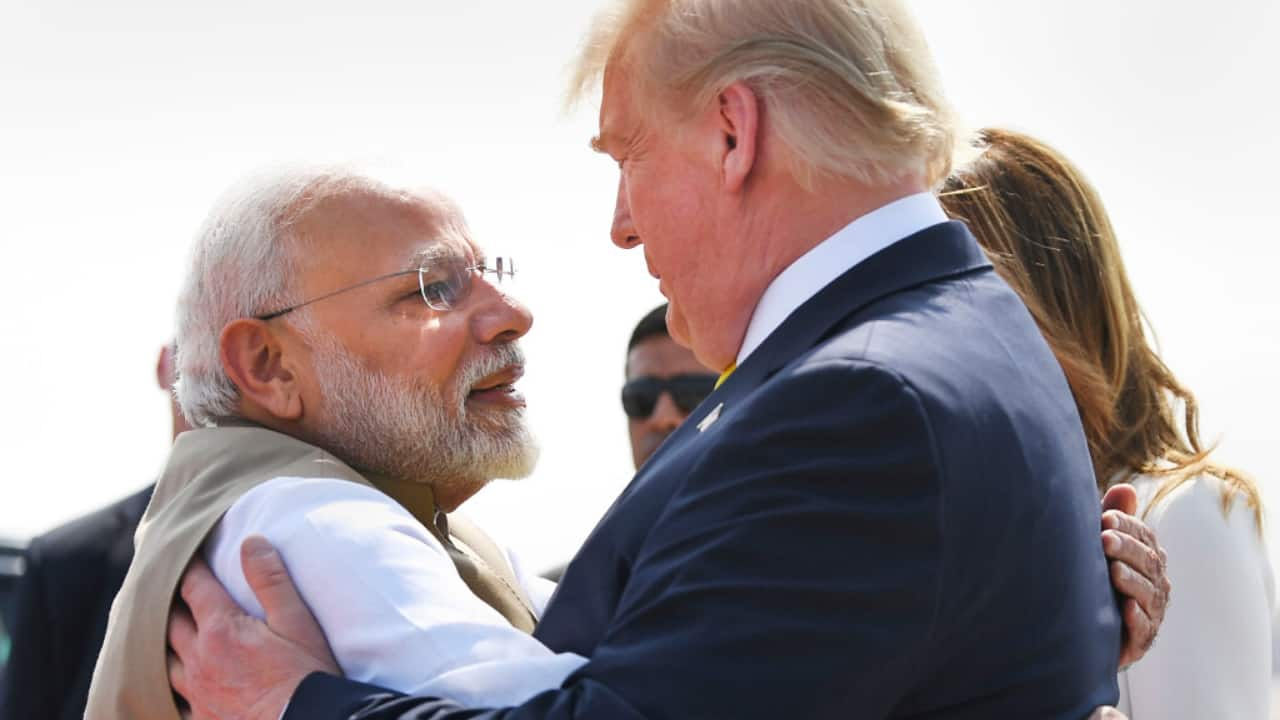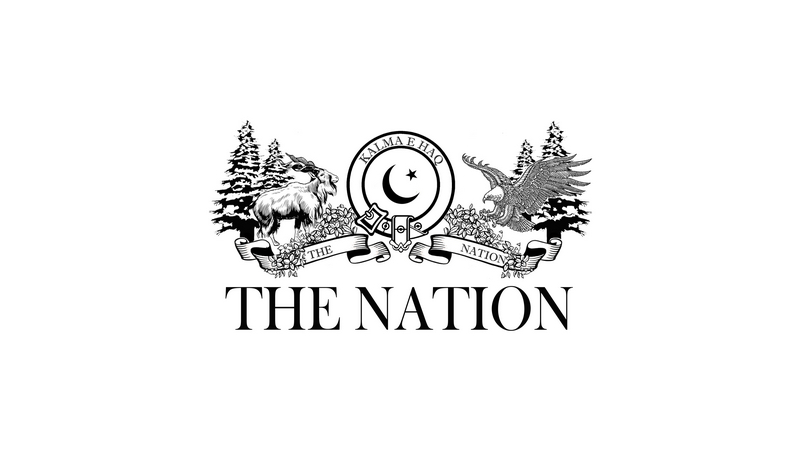India is weighing strategies to shrink its trade surplus with the United States, estimated at over $40 billion, as a gesture of goodwill to accelerate a proposed bilateral trade agreement, Business Standard reported, citing government sources. The move comes as the Donald Trump administration continues to press trading partners on trade imbalances, with reciprocal tariffs at the centre of its economic strategy. The Indian government has reportedly asked exporters and importers to identify areas where U.
S. imports could be increased, the report said. The effort is aimed at sending a “calibrated signal” to Washington ahead of trade talks scheduled for April 23 in the U.

S. capital. The negotiations will be led by India’s chief trade negotiator and commerce secretary-designate Rajesh Agarwal, who will engage in three days of discussions with his American counterpart.
According to Business Standard, India’s shipments to the U.S. could attract an additional 26% tariff, based on the methodology employed by the Office of the United States Trade Representative.
Trump has paused the implementation of new levies until July 9, giving both sides time to reach a consensus. The two countries have finalized the terms of reference for the proposed Bilateral Trade Agreement (BTA), which is expected to cover around 19 chapters, including goods, services, non-tariff barriers, rules of origin, customs facilitation, dispute resolution, and regulatory alignment. While India runs a significant global trade deficit—estimated at $282 billion in FY25—officials told Business Standard that rebalancing import sources in favour of the U.
S. would not be difficult. Imports from the U.
S. rose 7.4% to $45.
3 billion in FY25, while exports surged 11% to $86.5 billion, widening India’s surplus with the U.S.
to $41 billion. Among the key sectors being considered for higher imports are crude oil, LNG, plastics, and gold. An industry official told Business Standard that a new U.
S. regulation could make American imports more attractive: tariffs would only apply to the non-U.S.
content in imported products, potentially benefiting sectors like polymers and gems and jewellery. Meanwhile, top-level engagements between the two nations will also take place this week. U.
S. Vice President JD Vance is in India for a four-day visit, which includes a meeting with Prime Minister Narendra Modi. Finance Minister Nirmala Sitharaman, who is in the U.
S. for the World Bank-IMF and G20 finance meetings, is also expected to meet Treasury Secretary Scott Bessent on the sidelines to discuss tariff concerns. India’s major imports from the U.
S. include petroleum products, gold, plastics, aircraft, and electrical components, while exports are dominated by pharmaceuticals, telecom gear, precious stones, fuel products, jewellery, and apparel. Both countries aim to raise bilateral trade to $500 billion by 2030, a goal that could gain momentum if the trade agreement is successfully concluded.
.














